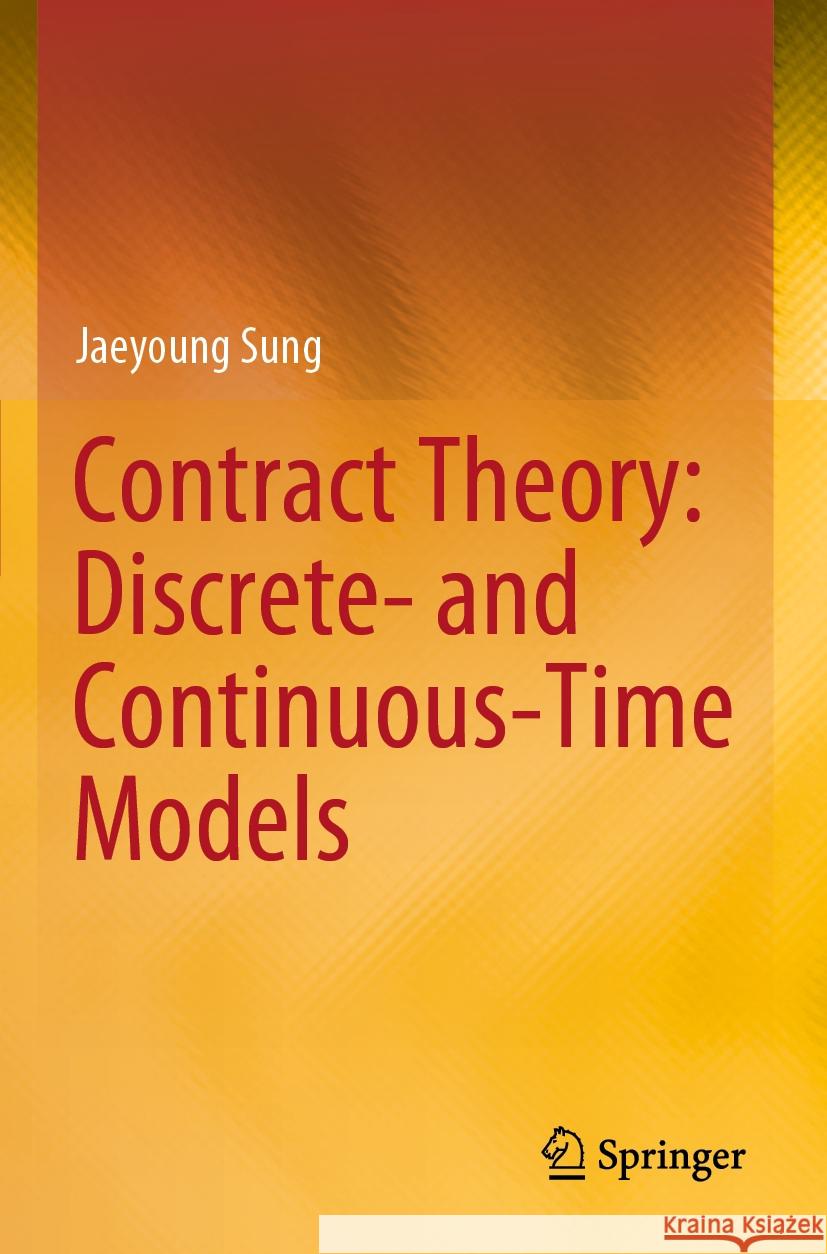Wyniki wyszukiwania:
wyszukanych pozycji: 2
 |
Contract Theory: Discrete- And Continuous-Time Models
ISBN: 9789819954865 / Angielski Termin realizacji zamówienia: ok. 22 dni roboczych (Dostawa w 2026 r.) |
cena:
401,58 |
 |
Contract Theory: Discrete- and Continuous-Time Models
ISBN: 9789819954896 / Angielski / Miękka / 2024 Termin realizacji zamówienia: ok. 22 dni roboczych (Dostawa w 2026 r.) This book provides a self-contained introduction to discrete-time and continuous-time models in contracting theory to advanced undergraduate and graduate students in economics and finance and researchers focusing on closed-form solutions and their economic implications. Discrete-time models are introduced to highlight important elements in both economics and mathematics of contracting problems and to serve as a bridge for continuous-time models and their applications. The book serves as a bridge between the currently two almost separate strands of textbooks on discrete- and continuous-time... This book provides a self-contained introduction to discrete-time and continuous-time models in contracting theory to advanced undergraduate and gr... |
cena:
281,10 |










